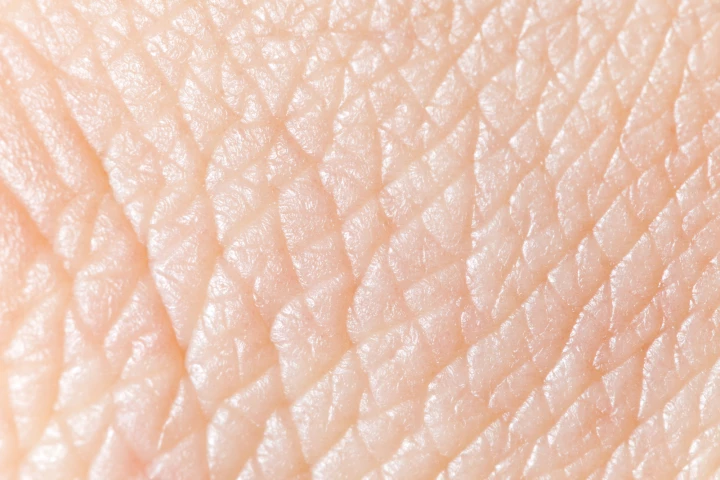Zhejiang University
-
Scientists have created a new type of display with the smallest pixels and highest pixel density ever. Individual pixels were shrunk to 90 nanometers – about the size of a virus – and a record 127,000 of them were crammed into every inch of a display
-
Researchers have developed a nanoscale sensor that detects lung cancer by analyzing isoprene levels in your breath. The team believes its breakthrough could unlock a non-invasive, low-cost method to catch the disease early and save lives.
-
Researchers have created a slow-release ‘smart’ insulin that responds to blood glucose levels to provide week-long control with virtually no incidents of low blood sugar. The novel insulin opens the door to once-a-week insulin injections for diabetics.
-
For type 1 diabetics, it's imperative that they maintain healthy blood glucose levels to avoid complications. Researchers have developed a self-adjusting nanoparticle-based insulin that may go some way towards improving blood glucose control.
-
Most three-dimensional glass objects are produced via either a molding, blowing or 3D-printing process. Chinese scientists, however, have devised a technique of folding such items into shape – and it has some key advantages over other methods.
-
By the time that Parkinson’s disease is causing observable symptoms, it's often advanced to the stage that it's difficult to treat. In an effort to detect the disease earlier, scientists have developed an "electronic nose" that sniffs it out.
-
Radio waves don't travel well through water, which is why devices such as ROVS have to be linked to their operator via a communications cable. According to a new study, however, solar panels may soon allow for practical light-based communications.
-
It can be frustrating, when the jacket that you initially put on to keep you warm starts making you too hot. Jackets made from an experimental new reversible fabric, however, could both heat and cool their wearer.
-
While there already are powered suction-cup devices that allow people or robots to climb walls, they only work on smooth surfaces. Chinese scientists, however, have now developed a system that sticks to rough surfaces via spinning water.
-
A new 3D printer algorithm claims to provide super-efficient 3D printing of Christmas trees with zero material waste, and also promises a way to produce accurate molds for casting chocolate Santas and reindeer too.
-
A new graphene aerogel created at China's Zhejiang University is the world's lightest material, with a density of 0.16 mg/cm3.









